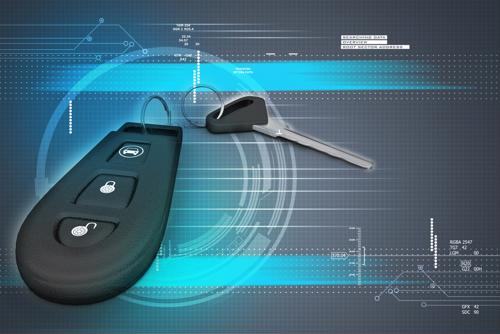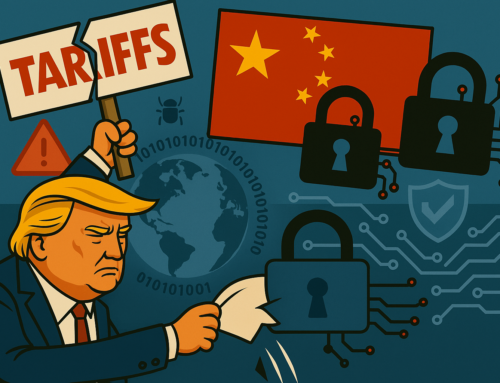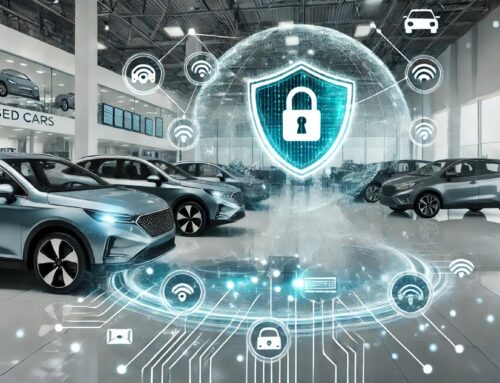There's no doubt that the automotive retail sector is changing. Your role as a dealership operator will have to shift with the times as consumer preferences enter a new era. The coming decade's trends may be driven by factors that are already emerging, such as increasing automation, a preference for alternative fuel types and the rise of ride-sharing services such as Uber and Lyft. Though there's no one-step way to get your dealership up to date, there are a few notable practices that help, and IT improvements may be the key.
The following are a few of the most prominent industry-wide changes being felt across the automotive world, along with some ways you can prepare your dealership to thrive in the unfamiliar industry of 2019 and beyond.
New customers, new preferences
The people aging into buying their first cars today are digital-native millennials, who have always had access to massive quantities of data. The way they shop is very different from the practices and preferences of previous generations, and that extends to auto shopping. According to Deloitte, today's buyers are balancing general happiness with the dealership experience with an increasing focus on online shopping and an interest in self-directed research.
The rise of online channels alongside the continuing relevance of in-person dealerships should serve as an incentive to improve the connection between customer data gathered online and the in-person sales experience. Deloitte pointed out that when individuals shop online, dealing with original equipment manufacturers and dealerships, they create a fragmented trail of data. If your IT systems aren't up to the task of aggregating that data, people may feel a disconnect between the researching and buying parts of their journey. Your focus should be on reducing that gap.

Changing vehicle types
PricewaterhouseCoopers offered several suggestions about the future of auto usage around the world. Trends such as autonomous and self-driving cars, as well as shared usage and ride-hailing, will change the ways cars are operated and sold. Intense usage of fewer cars could lead to frequent replacement, along with different maintenance and service needs.
Will your departments, from sales to the repair shop, be able to cope with selling and maintaining vehicles with new systems such as electric drive trains and autonomous driving features? This may come down to IT infrastructure as well, with the latest data from the OEM piped directly to your team. Weak internet or Wi-Fi could leave the sales or maintenance team unprepared to deal with these new, high-mileage workhorse cars.
The need for security
While focusing on the changing automotive industry, your company should watch out for a potentially disruptive trend across all sectors and regions – the continued evolution of cybercriminals and data thieves. As every part of the auto value chain becomes increasingly digital, it's worth asking whether your servers, databases and other systems can withstand an attack. Considering the deep integration of cars and advanced computers, the importance of IT security only grows with time.
Determining whether your technological systems are up to industry standards is an important process, and it's never to early to ask. Request a dealership IT assessment to see where your needs lie.








